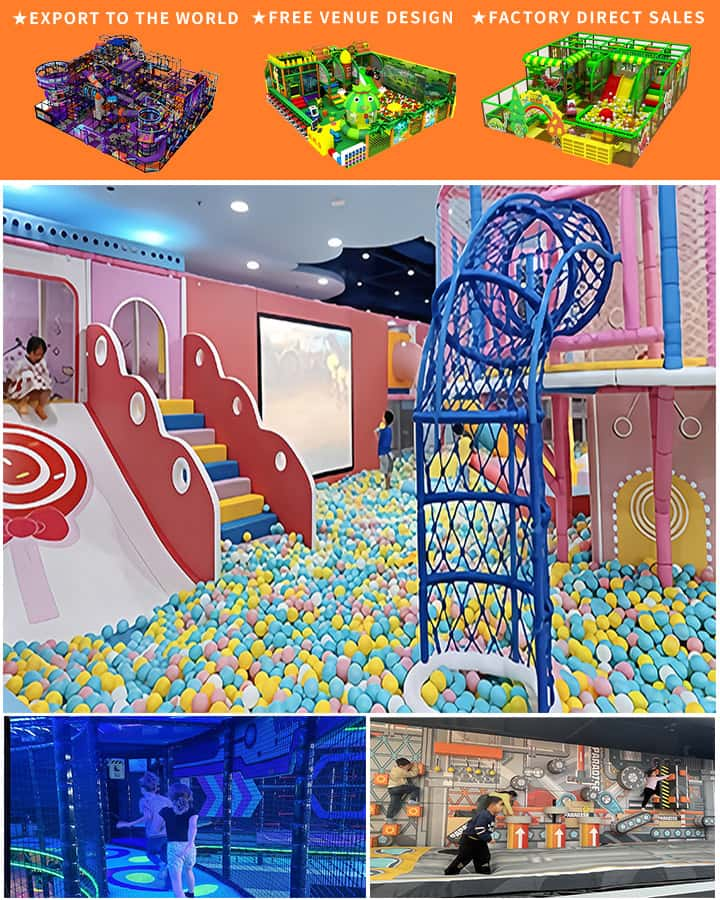In today’s inclusive society, the significance of providing equal opportunities for children of all abilities cannot be overstated. One crucial aspect where this principle is applied is in the design and availability of handicap accessible playground equipment. These specialized play structures are not merely a luxury but a necessity, ensuring that every child can enjoy the freedom and joy of play without restrictions.
The Need for Inclusive Play Spaces
Playgrounds have long been a cornerstone of childhood development, offering spaces where kids can explore their environment, develop social skills, and engage in physical activity. However, traditional playgrounds often present barriers for children with disabilities, limiting their ability to participate fully. This exclusion not only affects their physical and emotional well-being but also perpetuates inequality from an early age.
Handicap accessible playground equipment addresses these issues by incorporating features such as ramps, transfer stations, and adaptive swings, enabling children with mobility challenges to access and use the equipment safely. Such designs ensure that playgrounds serve as welcoming environments for everyone, promoting a sense of community and belonging.
Benefits Beyond Inclusivity
 The benefits of handicap accessible playgrounds extend beyond fostering inclusivity. These playgrounds encourage diverse social interactions, allowing children with and without disabilities to play together, thereby enhancing empathy and understanding among young minds. This shared experience can help break down societal barriers and reduce stigma associated with disabilities.
The benefits of handicap accessible playgrounds extend beyond fostering inclusivity. These playgrounds encourage diverse social interactions, allowing children with and without disabilities to play together, thereby enhancing empathy and understanding among young minds. This shared experience can help break down societal barriers and reduce stigma associated with disabilities.
Additionally, accessible playground equipment promotes physical fitness and motor skill development for all children. Activities like climbing, sliding, and balancing are essential for developing coordination and strength. By providing equipment that accommodates different abilities, we enable more children to engage in these beneficial exercises, supporting their overall growth and development.
Designing for Accessibility
Creating a truly inclusive playground requires thoughtful planning and design. Here are some key elements to consider:
- Surface Material: Use soft, shock-absorbent materials like rubberized surfaces or poured-in-place rubber to minimize injury risks from falls.
- Pathways and Ramps: Ensure that pathways are wide and free of obstacles, with gentle slopes or ramps to facilitate easy access for wheelchair users and those with mobility aids.
- Transfer Stations: Incorporate transfer platforms or seats that enable safe movement between different pieces of equipment for children who cannot walk independently.
- Adaptive Structures: Include equipment designed specifically for children with varying needs, such as swings with secure harnesses for those who require additional support.
- Clear Signage: Use visual and tactile signage to help children with visual impairments navigate the playground safely.
Community Responsibility
Implementing handicap accessible playground equipment is a collaborative effort involving communities, policymakers, and designers. Public parks and schools must prioritize accessibility in their planning phases, adhering to regulations and guidelines set by organizations such as the Americans with Disabilities Act (ADA) in the United States.
Parents, educators, and advocates play a vital role in raising awareness about the importance of inclusive play spaces and pushing for necessary improvements. By working together, we can create environments where every child has the opportunity to thrive through the simple yet profound act of play.
Conclusion
Handicap accessible playground equipment symbolizes progress towards an equitable society where every child is valued and given the chance to explore, learn, and grow. As we continue to innovate and improve our public spaces, let us remember that accessibility is not just about compliance with standards—it’s about recognizing and celebrating the diversity of human experience. Through thoughtful design and collective action, we can create playgrounds that are truly universal, inviting, and empowering for all children.




